You can do it with a hierarchical query if you only have three levels to consider:
SQL Fiddle
Oracle 11g R2 Schema Setup:
CREATE TABLE table_name ( LineItem_Name, LineItem_Id, parent_id, dept_name, product_name ) AS
SELECT 'ABC', 1, NULL, 'D1', 'P1' FROM DUAL UNION ALL
SELECT 'CDF', 2, 1, 'D2', 'P2' FROM DUAL UNION ALL
SELECT 'EFG', 3, 1, 'D3', 'P3' FROM DUAL UNION ALL
SELECT 'HIJ', 4, 2, 'D4', 'P4' FROM DUAL;
Query 1:
SELECT CONNECT_BY_ROOT( LineItem_Name) AS LineItem_Level1,
CASE LEVEL
WHEN 3 THEN PRIOR LineItem_Name
WHEN 2 THEN LineItem_Name
END AS LineItem_Level2,
CASE LEVEL
WHEN 3 THEN LineItem_Name
END AS LineItem_Level3,
dept_name,
product_name
FROM table_name
START WITH parent_id IS NULL
CONNECT BY PRIOR LineItem_ID = parent_id
Results:
| LINEITEM_LEVEL1 | LINEITEM_LEVEL2 | LINEITEM_LEVEL3 | DEPT_NAME | PRODUCT_NAME |
|-----------------|-----------------|-----------------|-----------|--------------|
| ABC | (null) | (null) | D1 | P1 |
| ABC | CDF | (null) | D2 | P2 |
| ABC | CDF | HIJ | D4 | P4 |
| ABC | EFG | (null) | D3 | P3 |
Query 2: This is an alternative using recursive sub-query factoring which will get the grandparent and parent of the current line item; which is slightly different to the previous query but for 3 levels would give you the same result.
WITH tree ( id, grandparent, parent, item, dept_name, product_name ) AS (
SELECT LineItem_id,
NULL,
NULL,
LineItem_name,
dept_name,
product_name
FROM table_name
WHERE parent_id IS NULL
UNION ALL
SELECT t.lineItem_id,
p.parent,
p.item,
t.lineItem_name,
t.dept_name,
t.product_name
FROM tree p
INNER JOIN
table_name t
ON ( p.id = t.parent_id )
)
SELECT COALESCE( grandparent, parent, item ) AS LineItem_Level1,
CASE
WHEN parent IS NULL THEN NULL
WHEN grandparent IS NULL THEN item
ELSE parent
END AS LineItem_Level2,
NVL2( grandparent, item, NULL ) AS LineItem_Level3,
dept_name,
product_name
FROM tree
Results:
| LINEITEM_LEVEL1 | LINEITEM_LEVEL2 | LINEITEM_LEVEL3 | DEPT_NAME | PRODUCT_NAME |
|-----------------|-----------------|-----------------|-----------|--------------|
| ABC | (null) | (null) | D1 | P1 |
| ABC | CDF | (null) | D2 | P2 |
| ABC | EFG | (null) | D3 | P3 |
| ABC | CDF | HIJ | D4 | P4 |

